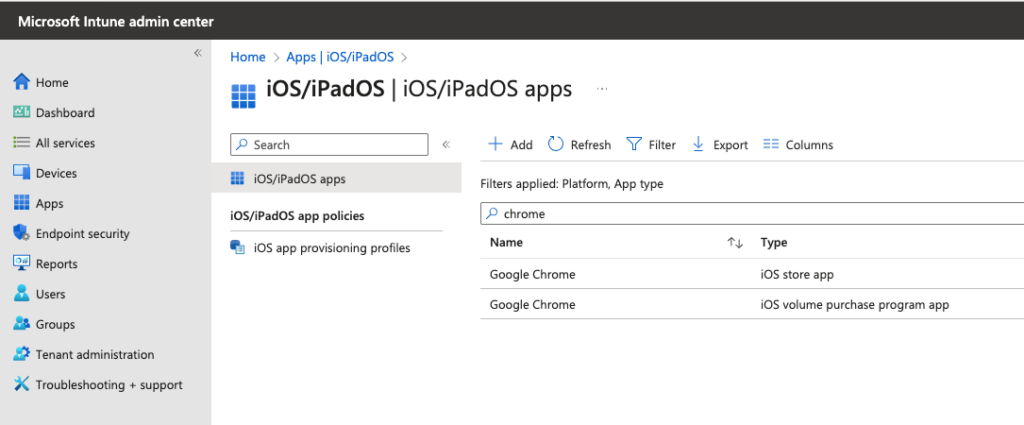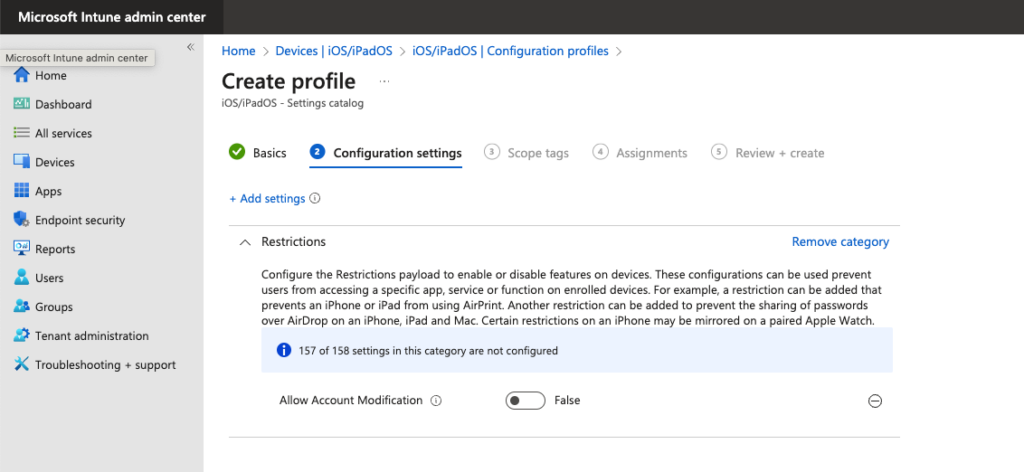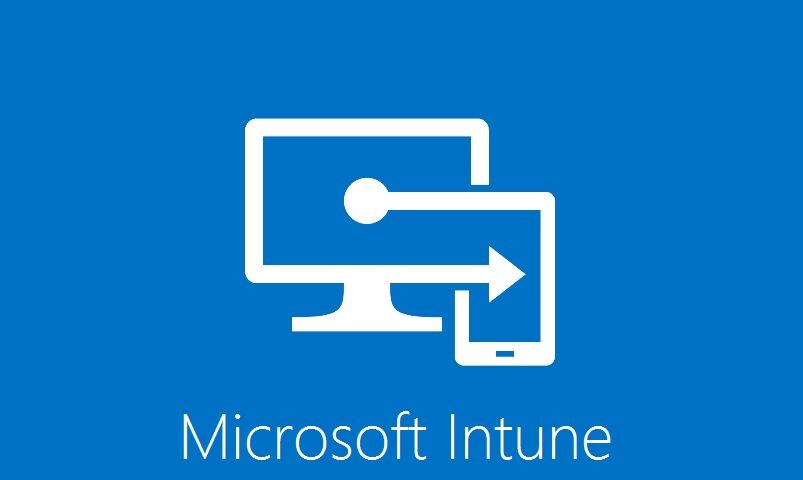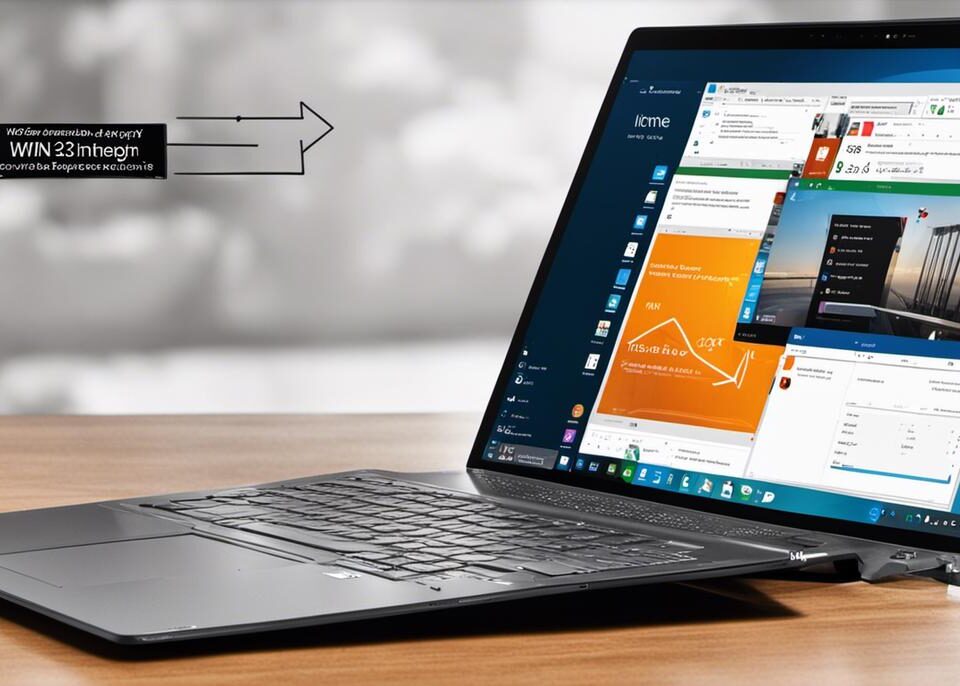
Clear DNS in Windows, macOS, and Linux: A How-To Guide
August 10, 2023
Solving Microsoft 365 Deployment Issues with Intune
August 14, 2023Ever wondered why you get a pop-up and asked to enter your Apple-ID on managed iOS or iPad devices? Well, it’s a common question that we receive quite often. The basic reason behind this is because the app was purchased from the iOS-store and through the Apple VPP Store (Volume Purchase Program).
To cease these continual prompts, you essentially need to unassign the app bought from the iOS store. But here’s the catch – you don’t just stop there. You then need to repurchase the app from the VPP store via the ABM (Apple Business Manager) or ASM (Apple School Manager) and then assign the VPP app instead in Intune.

Note: The process of ‘unassigning and repurchasing’ may sound a tad technical, but it’s a simple method to ensure your managed devices run smoothly without constantly asking for Apple ID.
- ABM and ASM are excellent platforms that allow businesses and educational institutions, respectively, to manage their iOS devices efficiently.
- These platforms, along with Intune, make the process of managing multiple devices a breeze.
So the next time that pesky pop-up appears, remember – it’s all about where the app was purchased from. Unassign, repurchase, and voila! You’re good to go.
Another reason why managed iOS/iPad devices may ask for an Apple ID is to enable iCloud services. iCloud allows users to store and sync their data across multiple devices, including contacts, calendars, photos, and more. To use iCloud, users need to sign in with their Apple ID. This is important for managed devices because it allows administrators to manage and control the data that is stored on the device.
To restrict this head over to iOS/iPadOS Configuration profiles and create a new “Setting catalog” profile, there choose the “Allow Account Modification” and set it to false.
Understanding the Need for Apple ID on Managed iOS/iPad Devices
Managed iOS/iPad devices often prompt the user for an Apple ID. The primary reason for this is to facilitate iCloud services. iCloud is a cloud storage platform developed by Apple, which allows users to securely store a range of data from contacts and calendars to photos. By signing in with their Apple ID, users can sync this data across multiple Apple devices, which is particularly useful for those managing multiple devices.
However, this necessity for an Apple ID on managed devices also serves a greater purpose. It enables administrators to have greater control over the data stored on the devices. This ensures that they can effectively manage and safeguard all the sensitive information contained within the device.
Restricting Apple ID Requests on Managed iOS/iPad Devices
While this feature can be useful, there may be instances where you want to limit the request for Apple ID on managed iOS/iPad devices. To do this, you will need to navigate to iOS/iPadOS Configuration profiles and create a new “Setting catalog” profile.
In this profile, look for the “Allow Account Modification” option and set it to false. This will restrict the device from asking for an Apple ID, giving you more control over the device’s data management.
Keep in mind that this setting will limit the user’s ability to sync data across devices via iCloud. Therefore, it is important to consider the implications before implementing this change.
By understanding why managed iOS/iPad devices ask for an Apple ID and knowing how to restrict this, you can effectively manage your devices and keep your data secure.




